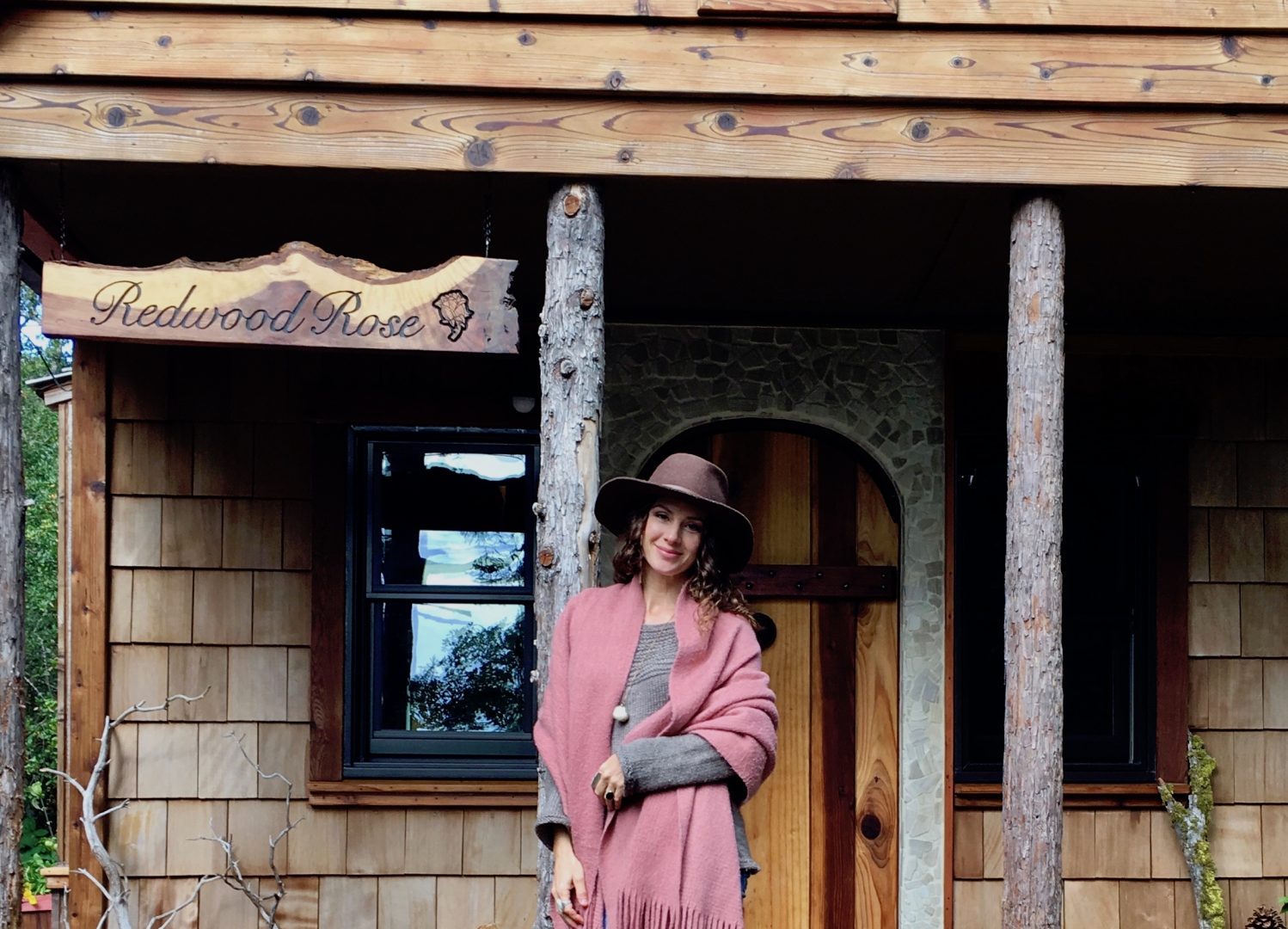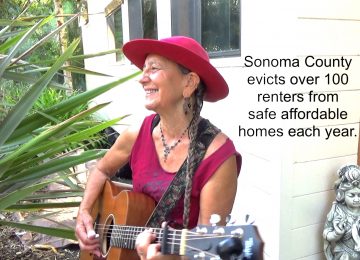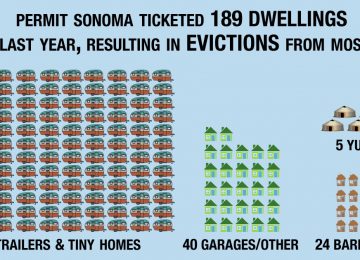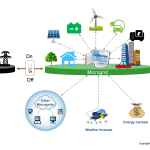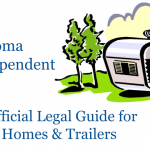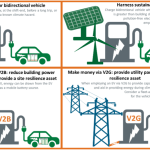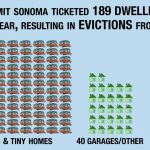Four years ago, in the midst of a skyrocketing housing market, I decided that the only way I was going to be able to remain a Sonoma county resident was if I got creative. So, with most of the money I had, I built myself a tiny house. Since then I’ve been able to live safely and affordably in my little home in beautiful places around Sonoma county, but not legally.
Why not? Because I use a composting toilet. The choice began out of necessity, but I have come to enjoy the many ecological and personal benefits of doing so.
While I love the simplicity of living tiny, having to stay “under the radar” and under the constant fear of being reported as an “unpermitted dwelling” by a neighbor, takes an emotional toll. So far I’ve been lucky. My home has not been reported. My neighbors have welcomed me. Visitors driving by often slow down to take pictures or call out their windows “We love your house!” Or “Your house is so cool!”
But the fear remains that one day I will join the ranks of the hundreds of other Sonoma county residents who have been forced to vacate, remove, or demolish their safe, affordable homes because of a single phone call to Permit Sonoma from an unhappy neighbor.
Tragically, a 70 year friend and local musician, Copperwoman Saso, recently found herself in this very situation with her adorable tiny home. She arrived home one day to find her home “red tagged” by the county due to a neighbor complaint, and is now facing eviction.
Copperwoman wrote this wonderful song about her predicament, and helped start the Stop All Government Evictions (SAGE) campaign, with a petition to county supervisors.
With Sonoma County’s own stated priorities of ecological sustainability, water conservation, and the creation of affordable housing, composting toilets offer a quick solution to all of these issues.
The Environmental Protection Agency supports the use of composting toilets in rural and suburban areas for their water saving and ecological benefits. They acknowledge the efficacy of composting toilets in diverting pathogens away from soil, surface and groundwater and recommend them as “a solution to sanitation and environmental problems in un-sewered, rural, and suburban areas in both developed and underdeveloped countries. Because composting toilets eliminate the need for flush toilets, this significantly reduces water use and allows for the recycling of valuable plant nutrients.”
So, if the EPA recommends them and 8 other states and Humboldt County have approved the use of composting toilets, why hasn’t Sonoma County?
The answer lies in the ages-old fear of the spread of pathogens.
“It’s not the excrement that’s bad; it’s what we do with it that makes it bad. When we discard it as waste and pollution, we create health hazards. When we feed it to microbes and return it to the soil, we create health benefits.”
-Joseph Jenkins, author of “The Humanure Handbook”
While it’s true that disease-causing pathogens live in human excrement, and that historically there have been cases where improper dumping has caused public health problems, it’s also true that when waste is properly composted, the vast majority of those pathogens are naturally destroyed by microbes, fungus, and heat within the first few days and weeks of composting. There are some pathogens such as roundworm eggs that can live up to two years and that is why, to be on the safe side, it is recommended to allow one’s compost to decompose for at least 2 years before adding it back to the soil. When a few simple and basic steps are followed, one can be safely assured their waste will transform into healthy, rich, nutrient-dense compost that is truly a gift to return to the land.
It is when humans have haphazardly dumped their waste into the streets, untreated sewers, or into streams, rivers and lakes, allowing the pathogens to travel, that disease has spread.
So, while there is some risk to indiscriminately handling our own waste, composting toilets and properly contained outdoor composting bins prevent the spread of pathogens. In fact, the benefits to the land through nutrient cycling, to conserving our precious water resources, and creating a lot more legal, affordable housing than what is currently permitted, far outweighs the hypothetical, and unsubstantiated risks. To date, Sonoma county’s code enforcement agency, Permit Sonoma has not answered the Sonoma Independent’s written request to show a single documented case in which they discovered that a composting toilet had spread pathogens or disease to nearby inhabitants.
In Haiti, where natural disasters have destroyed much of the infrastructure, composting toilets are being used to prevent the spread of disease. Since 2006, more than 500 tons of human waste have been successfully composted into agricultural-grade compost.
Unfortunately, Permit Sonoma believes that the small and very hypothetical risk of spreading pathogens through the use of composting toilets outweighs the human rights of Sonoma county residents to live in safe, affordable housing.
Permit Sonoma believes they are acting in the interest of public health and safety. However, at a time where people have fewer and fewer affordable housing options, where tent and travel trailer encampments are popping up everywhere, it’s inhumane and contradictory to their own mission to force hundreds of people every year out of their safe homes and into the streets, thereby putting their health and safety in immediate risk, and creating more public sanitation issues.
So let’s look at the history and science of composting human waste, otherwise known as “humanure”. What is humanure? According to Joseph Jenkins, author of the 30 year classic “Humanure Handbook,” “Humanure” is the human fecal material and urine that can be recycled via thermophilic (heat generating) composting.”
For most of human history, people composted their humanure on the land and understood how to do so appropriately. Even animals know instinctively how to compost their waste (digging a hole and covering it with leaves). Prior to 1856, sewers didn’t exist in American towns and cities. Rural and native people had always composted their waste on the land. With the mass exodus of people from the countryside into cities during the industrial revolution, however, people began disposing of their waste in problematic ways, including dumping it in the streets and waterways. This inevitably led to outbreaks of disease.
While plumbing, bath houses and “bathrooms” date back to ancient times, they weren’t without their problems. As the population of cities, such as Rome, began to grow, water-borne diseases from sewers became more common. That remains the case today in many poor countries where cities are overcrowded, the water is polluted, and public education is limited.
Readers might be surprised to hear that our “highly advanced and modern” sewer systems have actually not evolved much since Roman times, only now they are treated with harmful chemicals. The use of massive quantities of water to send our waste great distances has been and continues to be a highly problematic technology.
In the name of health and safety, the current process of sending our waste to “treatment plants” to be made less hazardous is, in actuality, a large contributor to our environmental crisis. According to the EPA, 23,000 to 75,000 sewers overflow every year and 3-10 billion gallons of untreated wastewater are released into the environment. 3.5 million Americans get sick every year after swimming, boating, fishing, or even touching water polluted with human waste and all else that is dumped down our drains.
Imagine instead, if all that waste was properly composted, allowing microbes, fungus, and heat to destroy the pathogens, transforming the waste into healthy compost, and after a few years, re-distributed back to the land helping to rebuild our depleted top soils.
According to a UN report, 18.7 trillion gallons of wastewater are produced annually in North America; 13.4 trillion of these are chemically treated. Tragically, only 3.8 percent of the treated water is reused.
The average household uses 80-100 gallons of water per day, nearly 30% of that is flushed down the toilet.
With less than 1/2 of 1% of fresh water on the planet available to us, and a third of that going down our toilets, we need a fresh approach to dealing with our waste, and quick. It simply doesn’t make sense to continue pooping in our precious and dwindling fresh water.
By contrast, it is estimated that a composting toilet can save more than 6,500 gallons of water per person annually. Permitting composting toilets would allow millions of moderate income people like myself to live in tiny homes across the country, saving billions of gallons of clean water while enriching the quality of our soil.
Locally, many of Camp Meeker’s septic tanks are made of rotting redwood, leaching sewage into the soil and groundwater. Installing new systems is expensive and so many residents opt not to upgrade. Homeless river communities around Guerneville desperately need composting solutions to avoid further river contamination.
My own journey of composting my humanure began after completing the building of my tiny house. Upon moving in I bought myself a state-of-the-art composting toilet and began composting my waste. What surprised me most was how simple it was— how the innovative design of the toilet (which separates the liquids from the solids), and mixing in sawdust or wood chips kept the contents in an aerobic state, effectively neutralizing the smell. Four years later it still amazes me how little to no smell there is from my toilet, which was a real concern I had when designing my house and deciding to place my bathroom next to my bedroom.
By simply adding carbon matter such as sawdust or wood chips to a composting toilet, and leaves, hay, and grasses to an outdoor compost pile, we can assist nature in working her magic.
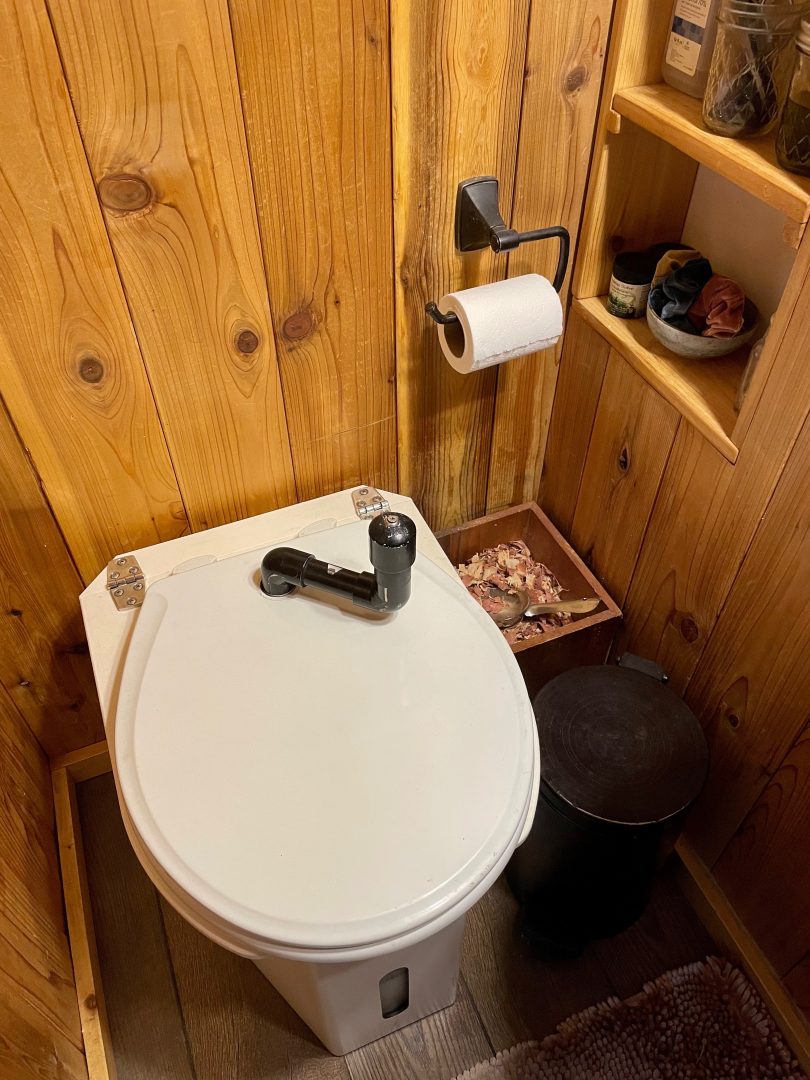
I’ve been composting my waste for 4 years now without a problem. By the end of year two, the composting process is complete. It’s a rather miraculous thing to observe— a complete transmutation process of one’s waste into beautiful rich, earthy soil that actually smells amazing!
Using a composting toilet also prevents me from tossing chemicals, medications, etc into it, forcing me to become more aware and conscious of all that I flushed away in the past without much thought or accountability, and to research other solutions for their safer disposal.
Overall, using my composting toilet has given me an honest look at myself, and calls me to think about ways I can treat my body and our planet kinder. It has also put me back into direct relationship with the earth and that natural cycle of reciprocity.
Finally, with the immense amount of open space in Sonoma county, it’s unconscionable to continue penalizing land owners for offering safe, affordable dwellings for rent. County authorities should be working with landowners to encourage the creation of more types of safe and affordable housing, including yurts, travel trailers and tiny houses.
With Sonoma County’s population continuing to grow, low impact tiny homes and other safe and affordable alternative homes are the future.
It wouldn’t take much effort for the county to offer permits to landowners who educated themselves on safe composting methods. The county could easily monitor the systems on an annual basis for compliance. The cost associated would pale in comparison to what is currently being spent to upgrade, expand or dig new septic systems, not to mention the environmental costs of leach fields and wastewater treatment.
And at a time where climate change is creating global instability, where aquifers and wells across West County are drying up, where affordable housing is scarce and homelessness rampant, and a time when the earth needs us to come back into right relationship with her, and soon, I can think of no better solution than the composting toilet.
It’s past time for Permit Sonoma to approve the use of composting toilets for the sake of conserving our vital water resources and to reverse Sonoma county’s housing crisis.
There is currently a campaign calling for a moratorium on county government evictions of this kind. You can help by signing and sharing the petition here, and calling your Sonoma County Supervisor’s office to encourage them to support the moratorium on evictions until new, sane, and more ethical regulations can be written on composting toilets. You can also donate to the campaign by searching for campaigns@progressivesource.com on PayPal or Venmo. Contact us by emailing campaigns@progressivesource.com


